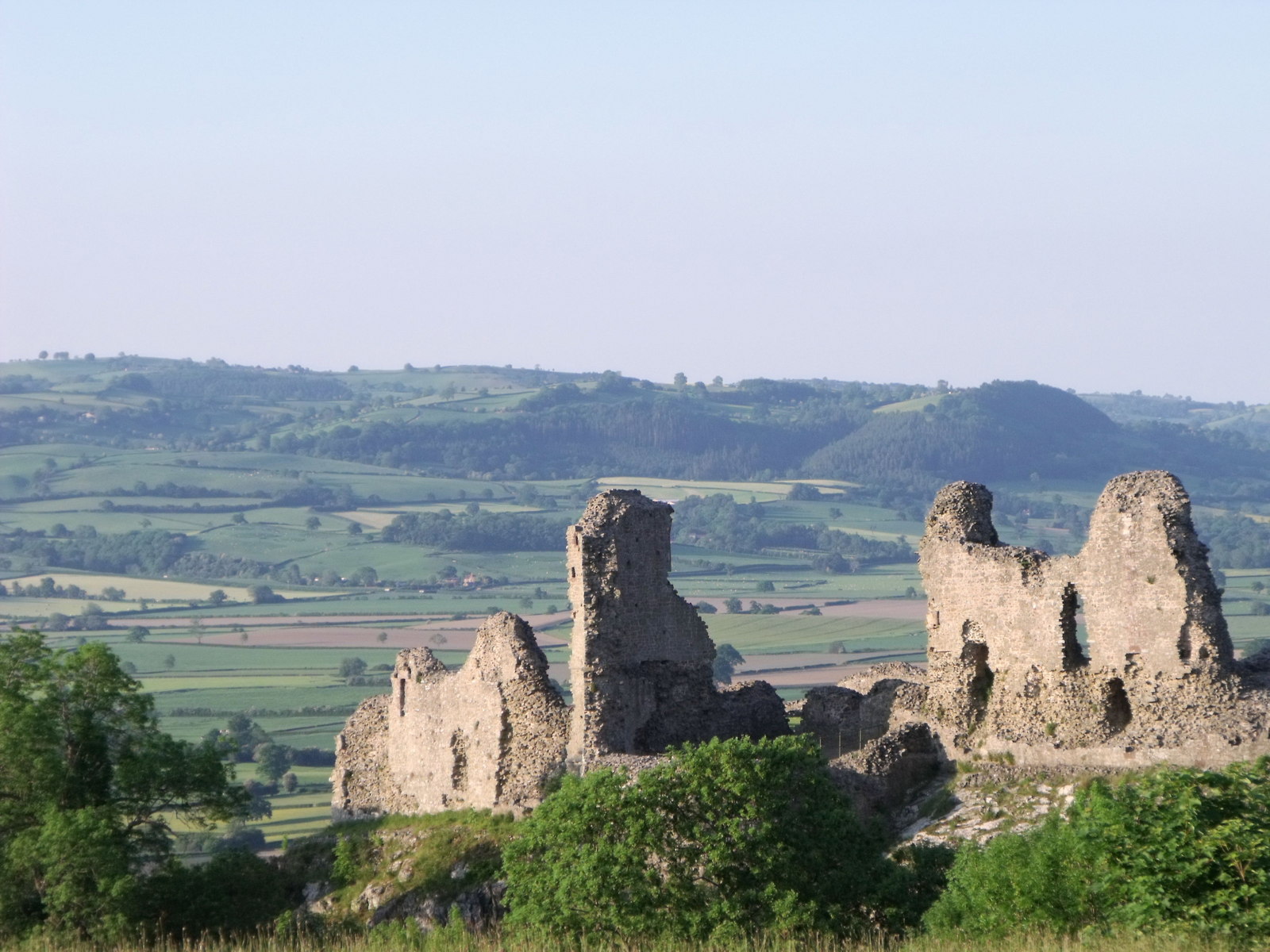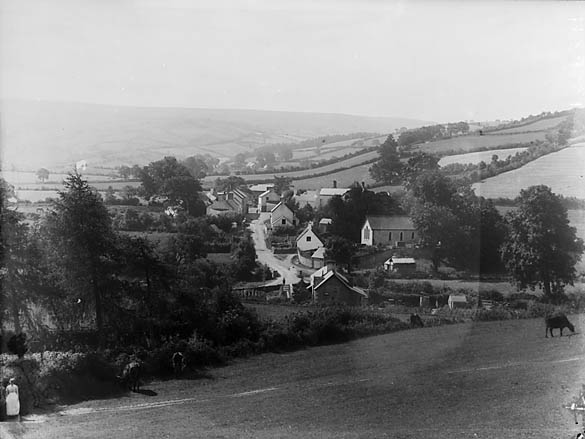Abaty Cwm-hir
Settlement in Radnorshire
Wales
Abaty Cwm-hir

Abaty Cwm-hir, located in Radnorshire, Wales, is a historic site that holds significance for its architectural beauty and rich history. The name "Abaty Cwm-hir" translates to "Abbey in the Long Valley," which perfectly describes its scenic surroundings.
The abbey was initially founded in 1143 as a Cistercian monastery by the Welsh prince Cadwallon ap Madog. Over the centuries, it grew in size and importance, becoming one of the largest monastic houses in Wales. However, like many religious establishments, it fell into decline during the Dissolution of the Monasteries in the 16th century.
Today, visitors can explore the ruins of Abaty Cwm-hir, which include the remains of the church, chapter house, and cloister. The architecture exhibits a combination of Romanesque and Gothic styles, showcasing the artistic prowess of the craftsmen who built it.
What makes Abaty Cwm-hir truly remarkable is its picturesque location amidst the lush Welsh countryside. The site provides breathtaking views of the surrounding hills and valleys, creating a serene and tranquil atmosphere.
Visitors can also delve into the abbey's intriguing history through guided tours, which offer insights into the lives of the monks who once inhabited the site. These tours provide an opportunity to understand the religious, cultural, and historical significance of Abaty Cwm-hir.
Abaty Cwm-hir stands as a testament to Wales' medieval past, preserving its architectural grandeur and captivating visitors with its awe-inspiring setting. Whether one is interested in history, architecture, or simply seeking a moment of tranquility, this ancient abbey offers a unique experience for all who venture to Radnorshire.
If you have any feedback on the listing, please let us know in the comments section below.
Abaty Cwm-hir Images
Images are sourced within 2km of 52.331015/-3.389919 or Grid Reference SO0571. Thanks to Geograph Open Source API. All images are credited.







Abaty Cwm-hir is located at Grid Ref: SO0571 (Lat: 52.331015, Lng: -3.389919)
Unitary Authority: Powys
Police Authority: Dyfed Powys
Also known as: Abbey-cwm-hir, Abbeycwmhir
What 3 Words
///visa.nutty.exactly. Near Rhayader, Powys
Nearby Locations
Related Wikis
Abbey Cwmhir Hall
Abbey-Cwm-Hir Hall is a neo-Elizabethan country house in the Welsh county of Powys. == History == The hall was built in 1833 for Thomas Wilson, a London...
Abbeycwmhir
Abbeycwmhir or Abbey Cwmhir (Welsh: Abaty Cwm Hir, "Abbey in the Long Valley") is a village and community in the valley of the Nant Clywedog in Radnorshire...
Cwmhir Abbey
Cwmhir Abbey (Welsh: Abaty Cwm Hir), near Llandrindod Wells in Powys, is a Welsh Cistercian monastery founded in 1176 by Cadwallon ap Madog. A spurious...
Powys
Powys ( POH-iss, POW-iss, Welsh: [ˈpou̯ɪs]) is a county and preserved county in Wales. It borders Gwynedd, Denbighshire, and Wrexham to the north; the...
Rhwng Gwy a Hafren
Rhwng Gwy a Hafren (English: Between Wye and Severn) was a region of medieval Wales, located in the Welsh Marches between Powys to the north and Brycheiniog...
Buddugre Castle
Buddugre Castle (sometimes referred to as Tomen Bedd-Ugre, Castell Cwm Aran, Tomen Bedd Turc and Bedd-y-gre) was a motte and bailey defensive fortification...
St Anno's Church, Llananno
The Church of St Anno in Llananno, Powys, Wales, is a redundant church dating from the 14th century. Its medieval rood screen is considered "one of the...
Nantmel
Nantmel is a village and a community in Radnorshire, Powys, Wales, and is 76.5 miles (123.1 km) from Cardiff and 150.5 miles (242.2 km) from London. In...
Related Videos
Abbeycwmhir drone survey
See https://abbeycwmhir.org for details of the entire project which is led by the Abbeycwmhir Heritage Trust. I undertook a drone ...
Nearby Amenities
Located within 500m of 52.331015,-3.389919Have you been to Abaty Cwm-hir?
Leave your review of Abaty Cwm-hir below (or comments, questions and feedback).

















